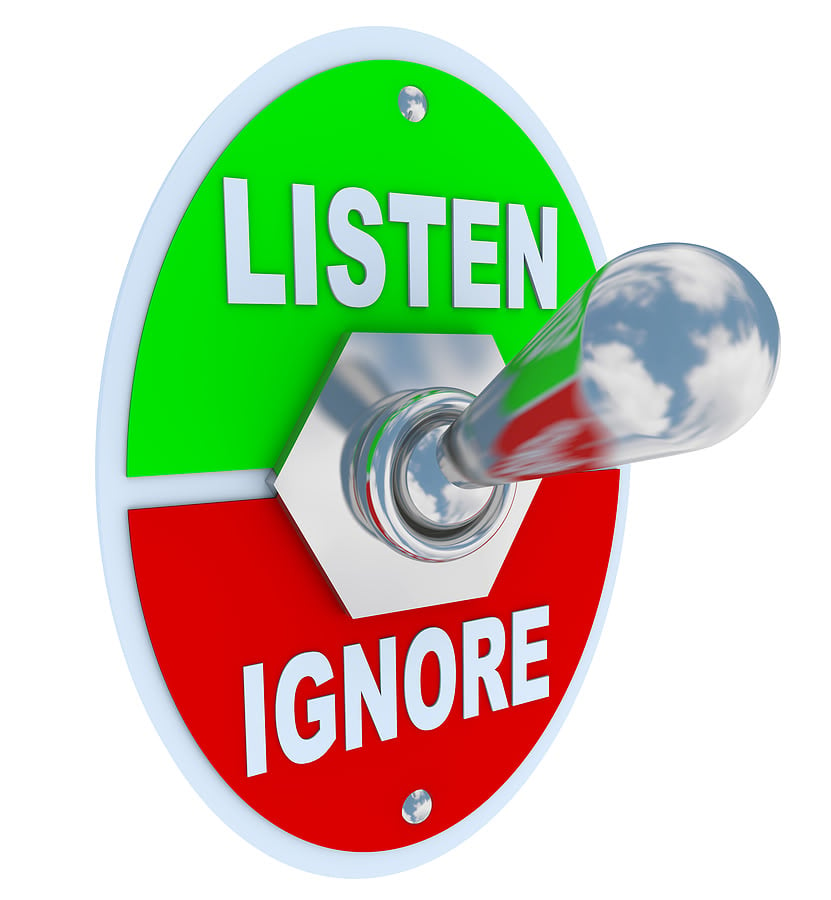
 Jessica Malnik is a PR/marketing coordinator, social media specialist, videographer and an avid blogger. Visit her blog for social media, technology, public relations and marketing ramblings.
Jessica Malnik is a PR/marketing coordinator, social media specialist, videographer and an avid blogger. Visit her blog for social media, technology, public relations and marketing ramblings.
What are the defining characteristics of a community? It’s a topic I’ve been pondering more and more lately. Is it about geography, common interests, socio-economic similarities, or similar viewpoints? The list goes on and on.
To get to this point, it becomes necessary to define what a community is. According to dictionary.com, a community is
a social, religious, occupational, or other group sharing common characteristics or interests and perceived itself as distinct insome respect from the larger society within which it exists.
As community managers, it’s our job to manage a brand’s online (and offline) presence. It’s a daunting task that requires us to assume a leadership role, channel the company’s voice, create buzz and drive engagement on and offline to achieve specific goals/outcomes. It’s fairly natural to assume that as the leader, you are building and growing a “community.” After all, there’s X amount of likers, followers, subscribers, doers’, doubters, troublemakers and everything in between, who are communicating in the group. However with most brand pages, this environment is actually fostering a false sense of community.
Most Facebook brand pages aren’t actually online communities. They are just glorified marketing channels. Some are done very well, others not so much. Here’s five reasons to explain this seemingly subtle distinction.
 1. Fans and likers usually don’t just like a page based on common interests (or other community defining characteristics)
1. Fans and likers usually don’t just like a page based on common interests (or other community defining characteristics)
Most Facebook fans didn’t decide to “like” a brand’s page because they wanted to be part of an online community. In fact, the two most common reasons to like a brand are if you are a current customer or to receive discounts and/or freebies, according to a study by research firm, Chadwick Martin Bailey. The next most popular reasons are to show support for a brand, to learn more information and to get exclusive content. Couple that with the fact, that more than 75% of Facebook users who like a brand, like fewer than 10 brands total, and you wind up with stiff competition for eyeballs and page “likes.”
2. The vast majority of fans don’t participate on Facebook pages.
One of the biggest misunderstandings about Facebook is the assumption that once a person “likes” your page, they are going to keep coming back for more. A “like” on a page doesn’t guarantee that they will ever come back to that page and participate or even read any updates. In fact, it’s quite the opposite. According to an AdAge article, only one percent of fans on the biggest brand pages actually engage with the brand at all.
3. It’s a one-sided conversation
Going right alongside that, the few fans that stay actively involved on the page often don’t feel inclined to post updates or comment. Most of them are just casual observers or lurkers. This leads to a one-sided conversation led by the brand, or frankly no conversation at all. 82% of brand pages are updated less than five times a month, according to a recent study by Recommend.ly.
4. Numbers still matter.
Many brands are still very interested in the numbers game. No matter how many times a community manager, specialist or strategist vouches for quality over quantity, there’s always going to be push back to expand the messaging to a larger audience. Brands will often do whatever it takes to get more. Many of these tactics are counterintuitive to the core community-building strategies.
5. Gimmicks, expensive apps and games drive a lot of the action
So, how do brands up their numbers? Often times, they create gimmicks, such as games, contests, other fancy Facebook apps and pump hefty media budgets into Facebook ads/sponsored story campaigns. Some of these apps are quite effective. Yet, all they are doing is creating a false sense of community to help a brand spread their message further.
All of these are marketing tactics that are “forced upon” anyone, who expresses interest in the brand. It’s not a natural progression in a community sense. In a true community, members stumble into the group and then start talking with one another, usually naturally and without any real incentives.
It’s not necessarily a bad thing that brands are more likely to market instead of build community on Facebook. When done right, marketing on Facebook can be quite effective. That’s evident from Fortune 50 companies all the way down to mom and pop shops. After all, it’s all about creating an overall digital marketing strategy that understands your core business goals, and then using the most effective channels and tactics to achieve them. Facebook is one of the popular channels to spread awareness, get people talking about you and your products, increase conversions, drive offline actions (like event attendance) and even increase sales. However, if you’re trying to build a community around your brand through Facebook, it might be time to reconsider those strategies.
Is your brand page a community or a one-sided marketing channel?


